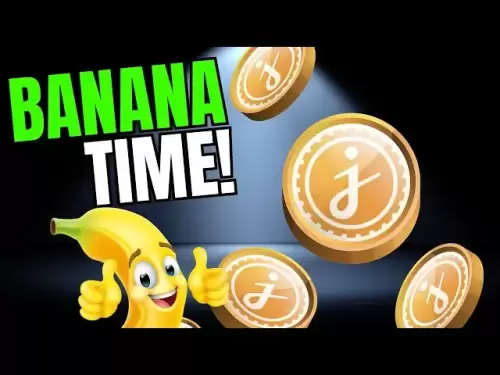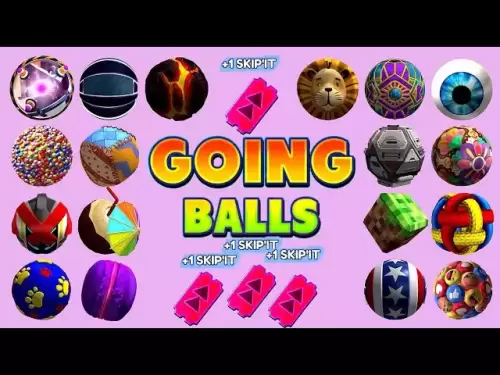-
 Bitcoin
Bitcoin $117,576.6195
-0.21% -
 Ethereum
Ethereum $2,938.5668
-1.35% -
 XRP
XRP $2.7699
4.60% -
 Tether USDt
Tether USDt $1.0003
0.01% -
 BNB
BNB $688.1624
-0.01% -
 Solana
Solana $160.5113
-1.95% -
 USDC
USDC $0.9999
0.01% -
 Dogecoin
Dogecoin $0.1976
-0.70% -
 TRON
TRON $0.3008
1.54% -
 Cardano
Cardano $0.7159
-2.16% -
 Hyperliquid
Hyperliquid $46.2240
2.04% -
 Stellar
Stellar $0.3966
22.03% -
 Sui
Sui $3.3928
-3.11% -
 Chainlink
Chainlink $15.1204
-2.43% -
 Bitcoin Cash
Bitcoin Cash $515.1741
-1.19% -
 Avalanche
Avalanche $20.8130
-0.90% -
 Hedera
Hedera $0.2001
-2.12% -
 UNUS SED LEO
UNUS SED LEO $9.0522
0.72% -
 Shiba Inu
Shiba Inu $0.0...01316
-2.01% -
 Toncoin
Toncoin $2.9843
0.61% -
 Litecoin
Litecoin $92.6745
-2.71% -
 Polkadot
Polkadot $3.9483
-0.06% -
 Monero
Monero $328.5347
1.10% -
 Dai
Dai $0.9998
0.01% -
 Ethena USDe
Ethena USDe $1.0006
-0.01% -
 Uniswap
Uniswap $8.3739
-6.50% -
 Bitget Token
Bitget Token $4.4241
-1.99% -
 Pepe
Pepe $0.0...01222
-3.96% -
 Aave
Aave $300.5203
-3.61% -
 Bittensor
Bittensor $382.2607
-1.92%
How to view the depth chart of MEXC contract? What does the buy and sell order data represent?
To view MEXC's depth chart, log in, navigate to "Trade", select a contract, and find the "Depth Chart" tab. It shows buy and sell order volumes at various price levels.
May 02, 2025 at 11:14 pm
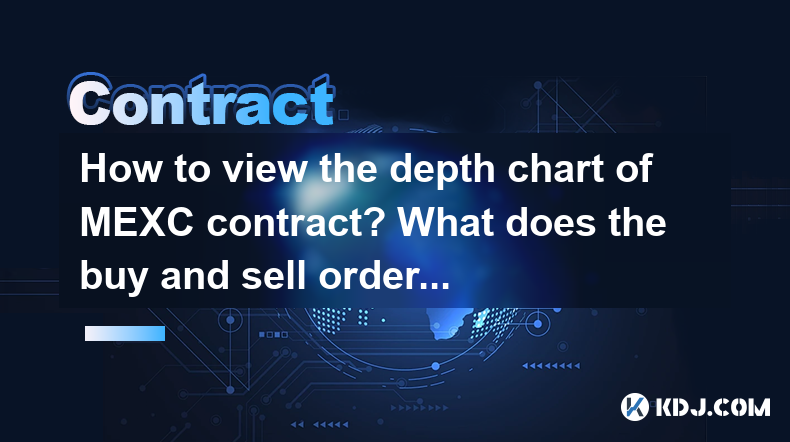
Understanding the depth chart of a cryptocurrency exchange like MEXC is essential for traders looking to gain insights into market liquidity and potential price movements. The depth chart visually represents the supply and demand for a specific asset at various price levels. In this article, we will delve into how to view the depth chart of MEXC contract and explain what the buy and sell order data represents.
Accessing the Depth Chart on MEXC
To view the depth chart on MEXC, follow these steps:
- Log into your MEXC account. If you do not have an account, you will need to register and complete the necessary verification processes.
- Navigate to the trading section. On the MEXC platform, this is typically found under the "Trade" or "Spot" section.
- Select the contract you wish to view. MEXC offers various contracts, so choose the one you are interested in.
- Locate the depth chart. On the trading interface, look for a tab or section labeled "Depth Chart" or "Order Book". This is usually found alongside other trading tools like the price chart and order entry forms.
Once you have accessed the depth chart, you will see a graphical representation of the current buy and sell orders at different price levels.
Understanding the Depth Chart Layout
The depth chart on MEXC typically consists of two main parts: the buy side and the sell side.
- The buy side, often represented in green, shows the cumulative volume of buy orders at various price levels. The further to the right the green area extends, the more buy orders there are at that price level.
- The sell side, often represented in red, shows the cumulative volume of sell orders at various price levels. The further to the left the red area extends, the more sell orders there are at that price level.
The point where the buy and sell sides meet is the current market price. The depth chart helps traders visualize where the market might move next based on the current order book.
Interpreting Buy Order Data
Buy order data on the depth chart represents the total volume of orders that traders are willing to purchase at specific price levels. This data is crucial for understanding market demand.
- Volume at each price level: The depth chart shows how many units of the contract are available to buy at each price point. A large volume at a particular price level indicates strong demand at that price.
- Order accumulation: The chart accumulates the volume of buy orders from the highest bid price downwards. This accumulation helps traders see the total demand up to any given price level.
- Market impact: If a large buy order is placed, it can move the price up as it consumes the available sell orders. The depth chart helps traders anticipate how much a buy order might affect the market price.
Interpreting Sell Order Data
Sell order data on the depth chart represents the total volume of orders that traders are willing to sell at specific price levels. This data is essential for understanding market supply.
- Volume at each price level: The depth chart shows how many units of the contract are available to sell at each price point. A large volume at a particular price level indicates strong supply at that price.
- Order accumulation: The chart accumulates the volume of sell orders from the lowest ask price upwards. This accumulation helps traders see the total supply up to any given price level.
- Market impact: If a large sell order is placed, it can move the price down as it consumes the available buy orders. The depth chart helps traders anticipate how much a sell order might affect the market price.
Using the Depth Chart for Trading Decisions
The depth chart is a powerful tool for making informed trading decisions. Here are some ways traders can use the depth chart:
- Identifying support and resistance levels: Areas with a high concentration of buy or sell orders can act as support or resistance levels. Traders can use these levels to set entry and exit points for their trades.
- Assessing market liquidity: A deep order book with a lot of buy and sell orders at various price levels indicates high liquidity. This can make it easier to enter and exit trades without significantly impacting the market price.
- Predicting price movements: By analyzing the balance between buy and sell orders, traders can predict potential price movements. For example, if there are significantly more buy orders than sell orders, the price may be more likely to rise.
Practical Example of Using the Depth Chart
Let's consider a practical example to illustrate how to use the depth chart on MEXC:
- Scenario: You are interested in trading the BTC/USDT contract on MEXC. You want to understand the current market dynamics before placing a trade.
- Step 1: Access the depth chart for the BTC/USDT contract as described earlier.
- Step 2: Observe the buy side of the chart. You notice a large volume of buy orders at $29,000, indicating strong demand at this price level.
- Step 3: Observe the sell side of the chart. You see a smaller volume of sell orders at $30,000, suggesting less supply at this price level.
- Step 4: Based on this information, you might decide to place a buy order at $29,000, anticipating that the price could rise due to the imbalance between buy and sell orders.
Frequently Asked Questions
Q1: Can the depth chart be used to predict long-term price trends?
A1: The depth chart primarily provides insights into short-term market dynamics and liquidity. While it can help predict immediate price movements, it is not designed for long-term trend analysis. For long-term trends, traders should consider other tools like technical and fundamental analysis.
Q2: How often is the depth chart updated on MEXC?
A2: The depth chart on MEXC is typically updated in real-time, reflecting the latest buy and sell orders as they are placed, modified, or canceled. This ensures that traders have the most current information available.
Q3: Is the depth chart available for all trading pairs on MEXC?
A3: The availability of the depth chart can vary depending on the trading pair and the type of contract. Most major trading pairs and contracts on MEXC will have a depth chart available, but it's always best to check the specific pair you are interested in.
Q4: Can I customize the depth chart on MEXC?
A4: MEXC may offer some customization options for the depth chart, such as adjusting the scale or toggling between different views. However, the extent of customization can vary, so it's recommended to explore the platform's settings to see what options are available.
Disclaimer:info@kdj.com
The information provided is not trading advice. kdj.com does not assume any responsibility for any investments made based on the information provided in this article. Cryptocurrencies are highly volatile and it is highly recommended that you invest with caution after thorough research!
If you believe that the content used on this website infringes your copyright, please contact us immediately (info@kdj.com) and we will delete it promptly.
- Tether's USDT on Blockchains: Streamlining for Scalability and Regulatory Shifts
- 2025-07-12 22:30:12
- HBAR Price Prediction: Hedera's AI Play and the $100 Dream
- 2025-07-12 23:10:12
- Shiba Inu, Meme Coin, Quick Gains: Is the Hype Fading?
- 2025-07-13 00:15:16
- Pepeto, DOGE, and the Meme Coin Frenzy: What's Hot and What's Not
- 2025-07-12 22:50:12
- XRP Price Prediction: Riding the Crypto Coaster to New Highs?
- 2025-07-12 22:50:12
- Crypto's Wild Ride: Unrealized Gains, Regulatory Shifts, and Digital Asset Dominance
- 2025-07-12 22:30:12
Related knowledge
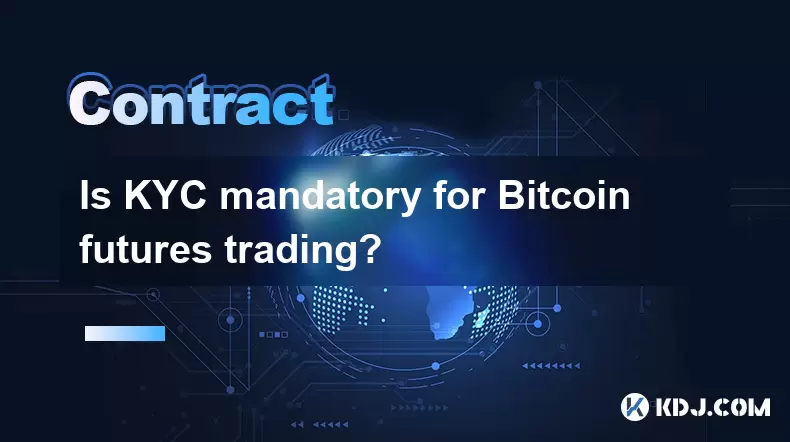
Is KYC mandatory for Bitcoin futures trading?
Jul 12,2025 at 10:56pm
Understanding KYC in the Context of Bitcoin Futures TradingKnow Your Customer (KYC) is a regulatory requirement that financial institutions and servic...
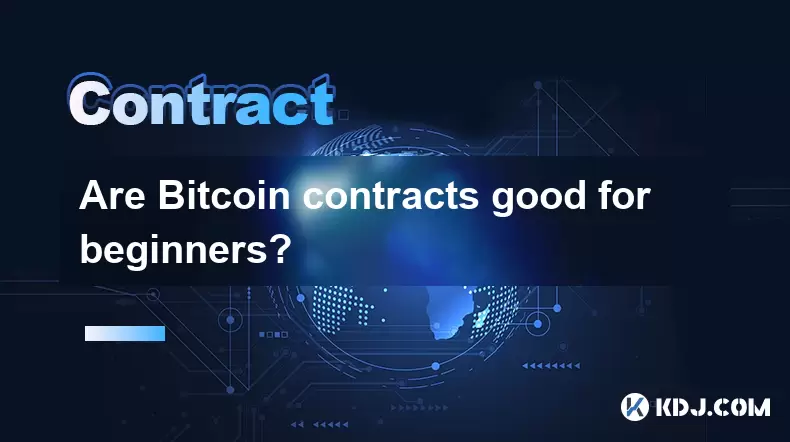
Are Bitcoin contracts good for beginners?
Jul 12,2025 at 08:14pm
Understanding Bitcoin ContractsBitcoin contracts, often referred to as Bitcoin futures or perpetual contracts, are financial derivatives that allow tr...
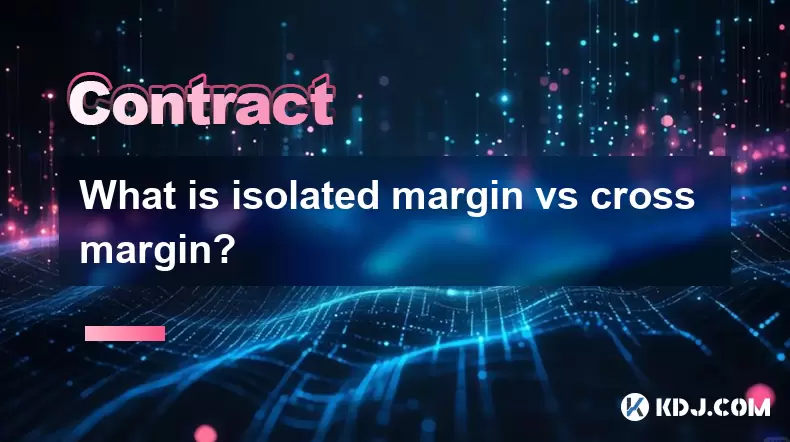
What is isolated margin vs cross margin?
Jul 12,2025 at 04:01pm
Understanding Margin in Cryptocurrency TradingIn cryptocurrency trading, margin refers to the amount of funds a trader must deposit to open and mainta...

What are Bitcoin contracts?
Jul 12,2025 at 06:21pm
What Are Bitcoin Contracts?Bitcoin contracts refer to smart contracts or derivative agreements that are built on blockchain platforms and utilize Bitc...
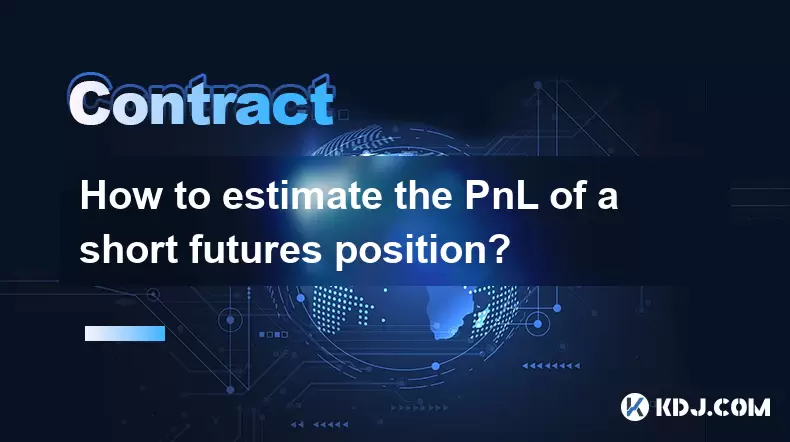
How to estimate the PnL of a short futures position?
Jul 10,2025 at 05:00pm
Understanding the Basics of Futures Trading and PnLIn futures trading, a trader enters into a contract to buy or sell an asset at a predetermined pric...
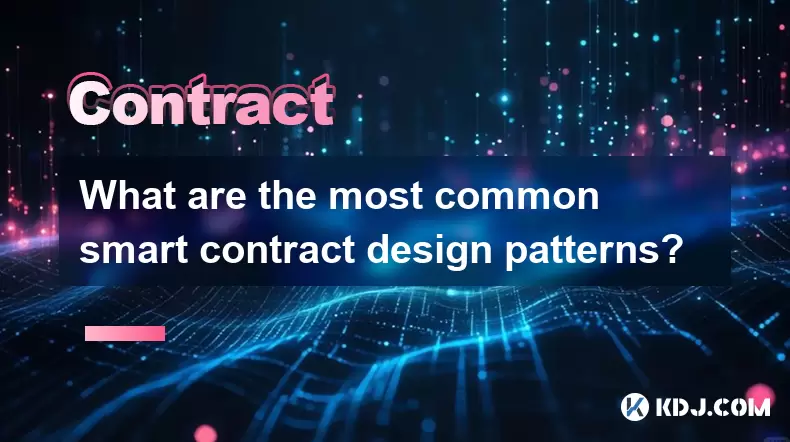
What are the most common smart contract design patterns?
Jul 10,2025 at 09:29pm
Introduction to Smart Contract Design PatternsSmart contract design patterns are standardized solutions to recurring problems encountered during the d...

Is KYC mandatory for Bitcoin futures trading?
Jul 12,2025 at 10:56pm
Understanding KYC in the Context of Bitcoin Futures TradingKnow Your Customer (KYC) is a regulatory requirement that financial institutions and servic...

Are Bitcoin contracts good for beginners?
Jul 12,2025 at 08:14pm
Understanding Bitcoin ContractsBitcoin contracts, often referred to as Bitcoin futures or perpetual contracts, are financial derivatives that allow tr...

What is isolated margin vs cross margin?
Jul 12,2025 at 04:01pm
Understanding Margin in Cryptocurrency TradingIn cryptocurrency trading, margin refers to the amount of funds a trader must deposit to open and mainta...

What are Bitcoin contracts?
Jul 12,2025 at 06:21pm
What Are Bitcoin Contracts?Bitcoin contracts refer to smart contracts or derivative agreements that are built on blockchain platforms and utilize Bitc...

How to estimate the PnL of a short futures position?
Jul 10,2025 at 05:00pm
Understanding the Basics of Futures Trading and PnLIn futures trading, a trader enters into a contract to buy or sell an asset at a predetermined pric...

What are the most common smart contract design patterns?
Jul 10,2025 at 09:29pm
Introduction to Smart Contract Design PatternsSmart contract design patterns are standardized solutions to recurring problems encountered during the d...
See all articles





















